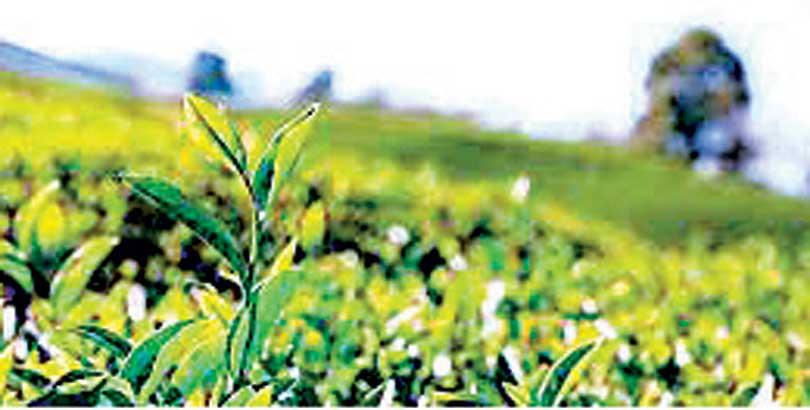
Improved prospects for the tea industry in the second half of 2023 (2H23) largely depend on how soon the Sri Lankan rupee would stabilise, Forbes & Walker Tea Brokers said.
It noted that unless the remunerative rupee tea prices are achieved, farmer profits would be negated. This in turn would result in a lack of inputs and diminishing crops that certainly would be disastrous for an already ailing industry.
“On a positive note, higher crude oil prices and easing interest rates would certainly help to some extent, though the underlying important factor would be how soon the tea prices would bounce back to realistic levels, considering the significant increase in input costs,” Forbes & Walker Tea Brokers said in its biannual tea review for 2023.
Commenting on the progress achieved in 1H23, the tea broker acknowledged that the short-term strategies that were implemented by the interim government seems to have delivered results to an ailing economy and the spillover effects were seen in the tea industry.
The tea industry commenced the year on a positive note,
with the prices maintaining at last year’s closing levels, owing to the supply being maintained at moderate levels during the first two months of the year. The Western quality season met with positive sentiment, with steady prices and good demand for better-quality teas, while the others eased selectively.
The Low Grown teas followed a similar trend demand-wise, particularly in US dollar terms, as the volatility in the currency continued to impact on the rupee tea prices.
Forbes & Walker Tea Brokers pointed out that another factor that adversely impacted the tea prices, particularly the Low Grown sector, was the withdrawal of regular purchasing by Iran.
Meanwhile, the second quarter, particularly the latter two months in the quarter, showed significant improvement in the crop intake, primarily from the High and Mid Grown regions.
Increased volumes combined with certain qualitative factors placed downward pressure on the tea prices, in general and rupee tea prices, in particular.
In comparison, in US dollar terms, the High and Mid Growns began showing a negative variance of approximately US $ 0.50 per kilogramme and the Low Growns ranged from US $ 0.75 per kilogramme to almost US $ 1 per kilogramme towards end-2Q23, Forbes & Walker Tea Brokers noted.
